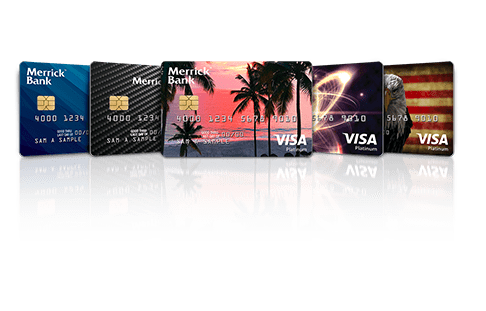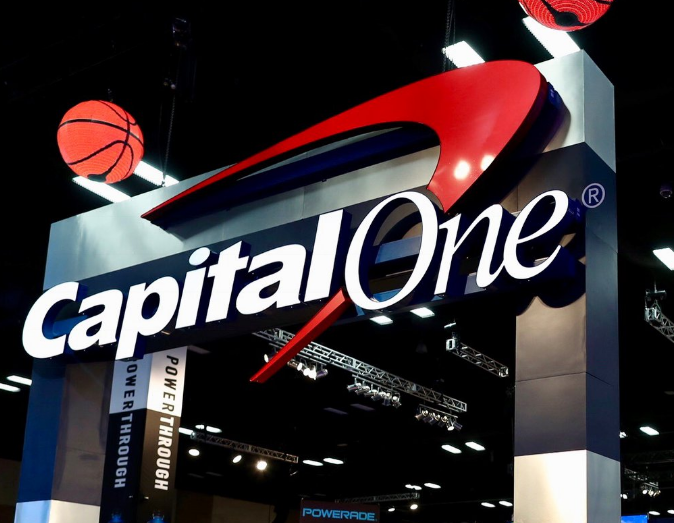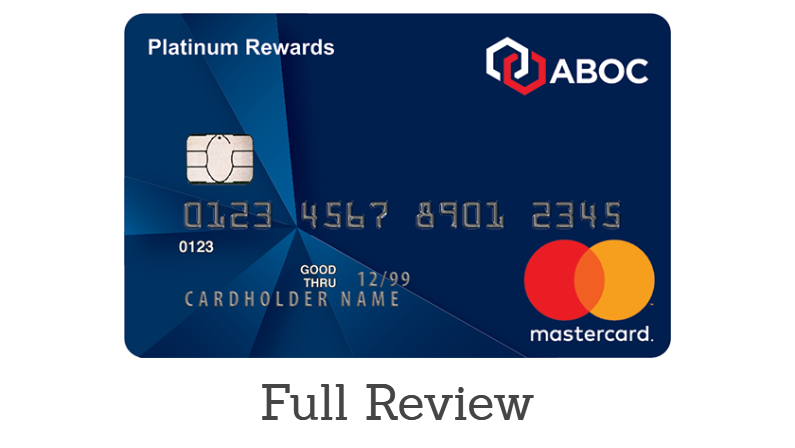There are a lot of great credit cards out there, and it can be confusing trying to pick the best one. Even looking at a specific bank, there are tons of options. Today we are going to look at a few great cards from Capital One, and do a detailed comparison of the Quicksilver vs Savor credit cards.

Savor vs Quicksilver Similarities
First and foremost, let’s cover what these two cards have in common – which is actually quite a lot!
- Both cards have no annual fee
- Both cards are issued by Capital One, a well known bank with good customer service
- Both cards are marketed towards those with excellent credit
- Both cards have a sign up bonus of $150 after spending $500 in the first 3 months
- Both cards earn cash back, and earned cash back never expires
- Both cards offer 0% APR on purchases and balance transfers for the first 9 months
- Both cards have no foreign transaction fees
Well, that’s a lot of similarities! What actually sets these two cards apart, then? The biggest difference between the Savor and Quicksilver is in the earning rates on purchases. Let’s break it down:
Capital One Quicksilver Cash Back Rates

- 1.5% cash back on all purchases, every day
- No cap, points do not expire
The Capital One Quicksilver card earns a flat 1.5% cashback on all purchases – that’s $1.50 per $100 spent. It doesn’t matter if you’re buying groceries, paying your phone bill or buying a dog toy on Amazon – you’ll earn 1.5% cashback. This simple earning rate is attractive for people who do not want to mess with bonus categories – although, some of the best no annual fee credit cards earn a more impressive 2% back on all purchases.
Capital One Savor Cash Back Rates

- 3% cashback on dining
- 2% cashback on groceries
- 1% cashback on all other purchases
- No cap, points do not expire
The Capital One Savor card has a more complex cashback rate system, but a more interesting one as well. The amount you earn will depend on the type of purchase – restaurants at 3%, grocery stores at 2%, and everything else at 1%. Capital One uses merchant category codes to determine what cash back rate the purchase will earn.
Capital One Quicksilver vs Savor: Which is Better?
There’s no clear winner here, as the best option will depend on your spending habits.
If you spend a lot on restaurants, the Capital One Savor cashback rate of 3% will stack up pretty fast. The 2% back on groceries is nice as well, but it’s not that significant of a difference from the Quicksilver’s 1.5%.
If you don’t spend much on restaurants, the Quicksilver cashback rate of 1.5% on all purchases might work out to be a better deal in the long run.
It also may depend on whether or not this is going to be your only credit card, or whether you plan to use different cards for different things.
Both cards offer a $150 signup bonus, with a low minimum spend requirement of just $500. Both offer solid benefits, like no foreign transaction fees and 0% introductory APR rates.
Really, both are great options, and are among the best credit cards from Capital One. If you are choosing between the Quicksilver or Savor, think about your spending habits and make a decision from there.
FAQ
Which Capital One card is the best?
The best Capital One credit card is the Capital One® Venture® Rewards Credit Card because it gives at least 2 miles per spent on all purchases and has a rewards bonus of 50,000 miles for new cardholders who spend ,000 in the first 3 months.
Is the Capital One Quicksilver card a good deal?
The Capital One® Quicksilver® Cash Rewards Credit Card is a good option for the fee-averse. It charges an annual fee of


